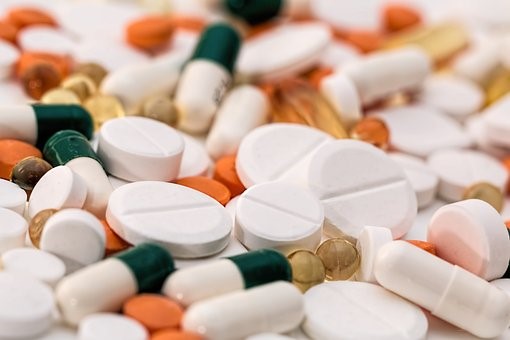The process of pharmaceutical manufacturing is both an art and a science. It involves taking active ingredients and turning them into medicines that help improve people’s lives. But how exactly does this process work? This blog post will take a closer look at the ins and outs of pharmaceutical manufacturing to give you a better understanding of how these life-saving medicines are made.
What is pharmaceutical manufacturing?
Pharmaceutical manufacturing is a complex, intricate process that involves multiple steps. It begins with sourcing raw materials and often continues with blending, testing, blending again, packaging, and then distribution. As the final product is typically a medication or drug, extensive quality control tests must be completed at each step to ensure a finished product of the highest possible quality. A drug manufacturer often works with specialized suppliers and contract research organizations to provide the highest quality standards. Once complete, the medications are ready for use by pharmacies and hospitals worldwide to help those who need them. This process requires highly skilled professionals and years of training to ensure that pharmaceuticals are produced safely and effectively for medical use.
Pharmaceutical manufacturing process
-
Creation of the active ingredient
Before any medicine can reach the pharmacy shelves, it has to go through a few steps in pharmaceutical manufacturing. One of the most crucial stages is the creation of the active ingredient, which gives the medicine its healing effect. How this process is conducted depends on the type of active ingredient being created – drugs that contain complex molecules like proteins and biologics require different production methods than simpler chemicals such as paracetamol. The active ingredient then undergoes other processes to create usable dosage forms, like tablets or capsules, ready for sale to consumers.
-
Mixing the active ingredient with other ingredients
The second step in pharmaceutical manufacturing is taking active ingredients and combining them with other elements to form a medication or drug product. Each active ingredient is created through an intricate combination of mixing and other treatments to ensure it meets the highest standards, safeguarding its efficacy and safety. Then these active ingredients are put together with other components like inactive ingredients and preservatives, resulting in packaged medications that consumers can take. As part of this process, pharmaceutical manufacturers must also adhere to strict government regulations ensuring quality control and accuracy in their products. This ensures that each consumer receives a safe product with reliable benefits.
-
Testing the finished product
The rigorous standards of drug safety and quality control that pharmaceutical companies must adhere to make sure medications are effective and safe for patients. After the completion of a manufacturing process, the formulated drugs have to be assessed and tested with the utmost care. Some of the tests used to evaluate the drugs can be physical, chemical, or biological tests that check for the accuracy and consistency of ingredients. If the drug passes all the necessary tests, it can be certified as an approved medicine and placed on the market for sale. This vital process helps ensure that whatever drugs are out there, they’re reliable enough to help people get better without worrying about potential adverse side effects. It’s a crucial step that can’t be overlooked if people want medicines to continue providing them with the healing power it was intended for.
Pharmaceutical manufacturing is a regulated industry.
Pharmaceutical manufacturing is a highly regulated industry that meets strict standards by government agencies such as the FDA. Quality control is an utmost priority, and all products must undergo various testing levels before being approved for sale. Particular attention is given to manufactured drugs’ accuracy, safety, and efficacy. The manufacturers must also follow policies and protocols to ensure the personnel involved in the production process adhere to quality standards. These companies work hard every day to ensure their products are safe, reliable, and effective for patients across the globe.
Good Manufacturing Practices (GMPs)
Pharmaceutical manufacturing is no simple task, and companies must abide by strict laws and guidelines to ensure that the products they create are safe and effective. Good Manufacturing Practices (GMPs) set forth by regulatory bodies play a vital role in this process. These standards must be met for the company to pass inspections and keep producing high-quality pharmaceuticals. GMPs are also necessary to guarantee quality assurance and proper product handling, which helps maintain consistency throughout the pharmaceutical supply chain. Without rigorous GMP standards, the reliability of drugs and their effectiveness would be significantly diminished. It is essential that all pharmaceutical companies adhere to these guidelines to guarantee safety for consumers.
In conclusion, pharmaceutical manufacturing is a complex and highly regulated industry that requires adherence to stringent quality standards. The process involves several steps, from creating the active ingredients to packaging them into finished products. Rest assured that with some tests and evaluations, pharmaceutical companies can be trusted to provide consumers with the healing power it was intended for.



